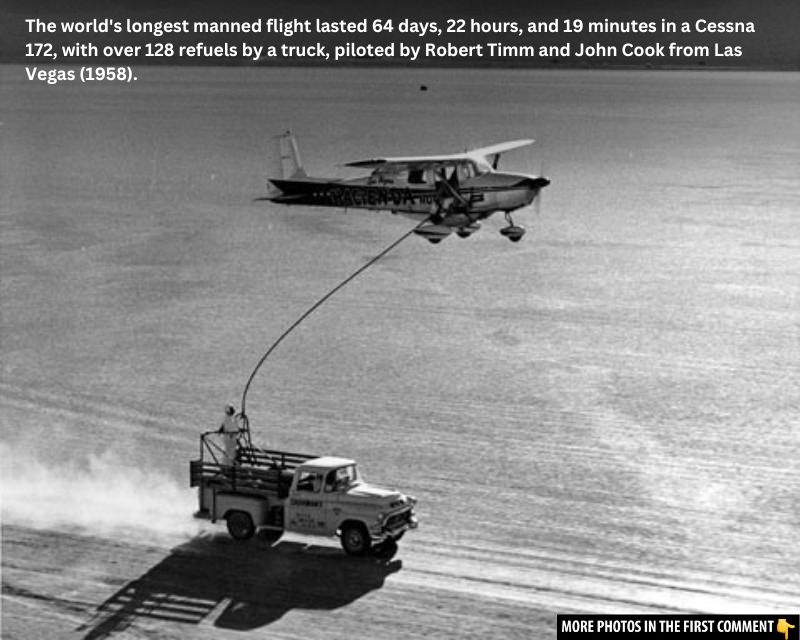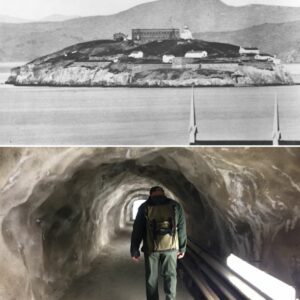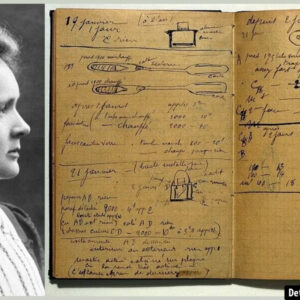In the world of aviation, there are few feats as astonishing and enduring as the longest continuous flight in history. This monumental achievement, set in 1959, remains unbeaten to this day. Pilots Robert Timm and John Cook spent a staggering 64 days, 22 hours, and 19 minutes in the air, a record that continues to captivate aviation enthusiasts and serves as a testament to human perseverance, innovation, and sheer willpower. Their journey, which took place in a modified Cessna 172, is a tale of ingenuity, challenges, and remarkable endurance. Let’s take a deep dive into this historic flight and explore the details that made it so extraordinary.
Introduction: A Daring Feat of Endurance
In 1959, the idea of spending more than two months in a small aircraft would have seemed nearly impossible to many. Yet, Robert Timm and John Cook defied expectations by flying a Cessna 172 for an unprecedented 64 days. Their mission, which was tied to a publicity stunt for the Hacienda Hotel in Las Vegas, not only challenged the existing world record for flight endurance but also set a bar so high that it remains unbroken. This article recounts their incredible journey through the challenges they faced, the technical innovations they employed, and the human spirit that fueled their success.
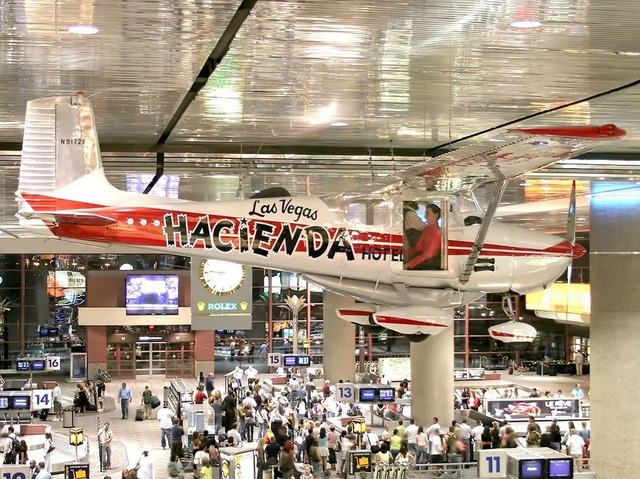
The Birth of a Record-Breaking Idea

The genesis of this extraordinary flight began in 1956, with the opening of the Hacienda Hotel and Casino in Las Vegas. Seeking a way to garner publicity, the hotel owner, Warren “Doc” Bailey, was approached with a suggestion: break the world’s longest continuous flight record, which at the time stood at 47 days. Robert Timm, a former World War II fighter pilot, took on the challenge. His motivation was clear: to make history and raise funds for cancer research while promoting the Hacienda Hotel. With the backing of the casino, Timm embarked on what would become an unprecedented aviation endeavor.
Video
Watch the video “The 64 Day Longest Flight in History” to learn about this incredible record-breaking journey.
A Bold Attempt: The Preparation and Modifications
Timm’s first attempts were met with mechanical failures, but his determination did not waver. For his fourth attempt, he was joined by John Cook, a skilled airplane mechanic. Together, they selected the Cessna 172, a reliable four-seater aircraft, for their endurance flight. However, the plane needed extensive modifications to make the long flight possible.
Timm spent months working on the plane, removing non-essential interior elements to reduce weight. He added a mattress for sleeping, a small steel sink for hygiene, and a rudimentary autopilot to provide some respite from the constant flying. But the most crucial modification was the addition of an extra fuel tank that could be filled during aerial refueling. This system involved a truck that would drive alongside the plane, allowing a hose to be winched up and fuel to be pumped into the aircraft, enabling the pilots to remain airborne for extended periods.
Challenges Along the Way: Overcoming Mechanical Failures
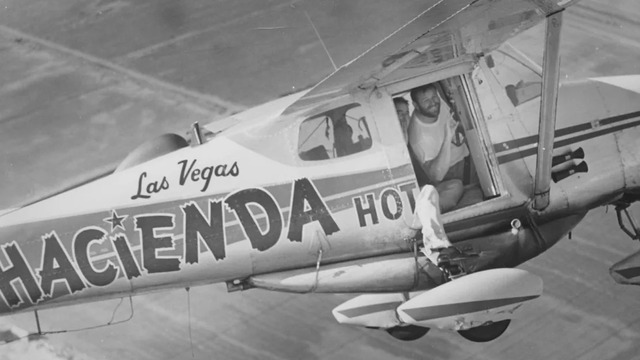
The flight began on December 4, 1958, from McCarran Airport in Las Vegas, and immediately, Timm and Cook faced their first hurdle. The plane was far from perfect, and the pilots experienced mechanical issues that led to Timm’s first three attempts at the record ending prematurely. Yet, as the team battled technical failures, they grew more resolute. By September 1958, another team had broken the previous record, flying for 50 days. This setback only strengthened Timm’s resolve to make his fourth attempt the one that would go the distance.
During the flight, both pilots took turns flying and sleeping, often enduring severe fatigue. The incessant noise from the engine and the constant vibrations made sleep nearly impossible. At one point, Timm fell asleep at the controls, and the autopilot took over for an hour, saving them from potential disaster. Mechanical breakdowns continued to occur, with the fuel pump, landing lights, and even the cabin heater failing over time. Despite the failures, the pair pressed on, determined to beat the record and make history.
The Aerial Refueling: Precision and Innovation
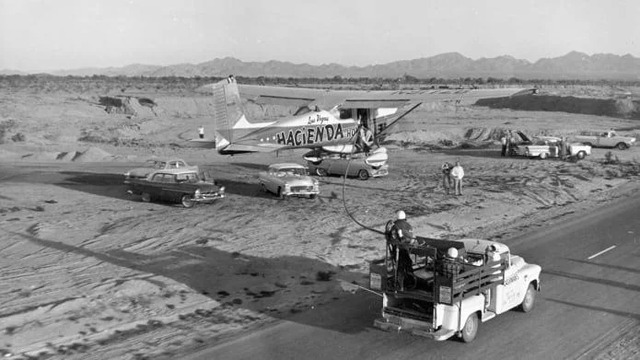

A critical part of this record-breaking flight was the innovative aerial refueling method. Every time the plane needed more fuel, it would descend to a low altitude and hover just above stall speed. The fueling truck, which followed along a straight stretch of road, would position itself alongside the plane, winch a hose up to the aircraft, and pump fuel into the plane. This delicate operation required great precision and skill from both pilots, as well as the truck driver.
This “fuel ballet,” as aviation historian Janet Bednarek describes it, was performed mostly at night, adding an additional layer of complexity. The pilots had to be incredibly precise to ensure the refueling was done safely. The crew also had to remain vigilant, as any mistake could have been disastrous, especially with the added challenge of sleep deprivation.
The Final Push: Breaking the Record

On January 23, 1959, Timm and Cook broke the world endurance flight record. But instead of stopping there, they decided to press on for another 15 days, making sure their record would stand for decades. The sheer length of their flight, coupled with the mechanical issues they faced, was remarkable. At this point, their plane was far from operational, but the men refused to quit. Finally, on February 7, 1959, after more than two months and 150,000 miles, they landed at McCarran Airport, having flown for a total of 64 days, 22 hours, and 19 minutes.
Endurance at Its Peak: 64 Days in the Air

The conditions during those 64 days were grueling. The pilots spent their days flying and their nights battling fatigue, trying to sleep in a cramped, noisy, and constantly vibrating plane. They ate food sent up in thermos flasks and dealt with bathroom breaks in the form of plastic bags, which they discarded over the desert. Despite these discomforts, the pilots never wavered in their commitment to their mission. Their ability to endure this incredible feat is a testament to their strength of character and determination.
The End of the Journey: A Historic Landing
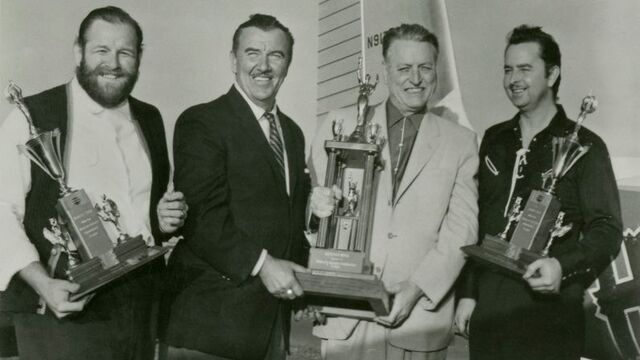
When the aircraft finally touched down after 64 days in the air, the pilots were physically and mentally exhausted. Their bodies had undergone immense strain, and they were unable to stand after being confined to the small plane for so long. Timm and Cook had pushed the limits of human endurance, and their accomplishment would be etched in the annals of aviation history.
As of today, no one has come close to breaking their record. While the solar-powered Zephyr drone almost surpassed it in 2023, it was ultimately four hours short. The reason Timm and Cook’s record remains unbroken is due to the extraordinary circumstances and sheer physical toll the flight took on them. Breaking the record would require not just technical innovation but also a remarkable level of human endurance.
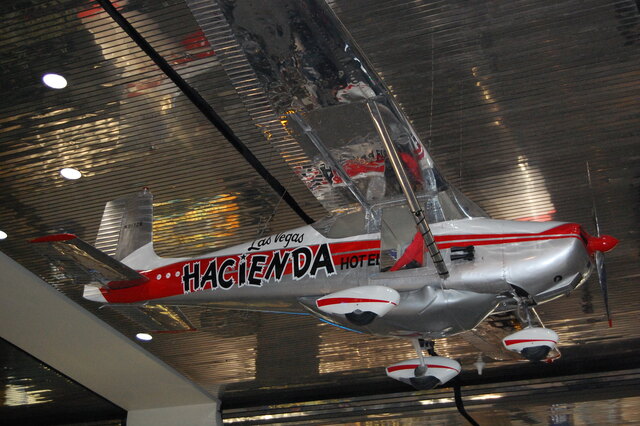
Conclusion: A Feat of Human Spirit and Technological Ingenuity
The world’s longest flight stands as a monument to human achievement, ingenuity, and the power of perseverance. Robert Timm and John Cook defied the odds and completed a flight that seemed impossible at the time. Their determination, creativity, and teamwork have left a lasting legacy in aviation history, and their story serves as an inspiration for future generations. As we look to the future of aviation, it’s important to remember the incredible feats of the past and the remarkable individuals who made them possible.
Their record, 64 years in the making, may stand for many more years, but the spirit of their journey will continue to inspire those who dream of flying higher, farther, and longer.
Video
Check out the video “15 Largest Planes Ever Built” to see some of the most massive aircraft ever created.
